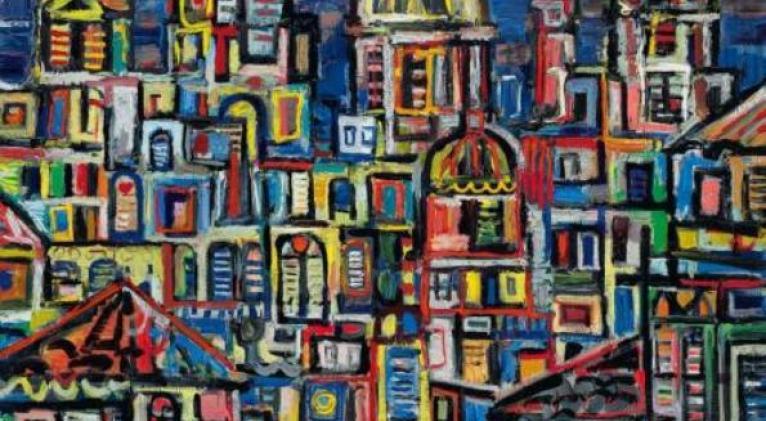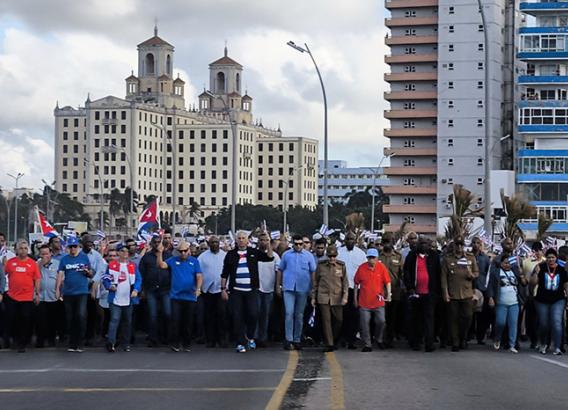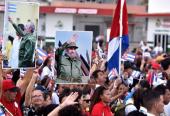ART: City With Style
especiales

René Portocarrero (Havana, 1912-1985) is one of the most important exponents of Cuban visual arts, fundamental to the study of 20th-century history. This April, we remember him on the 40th anniversary of his death, and we want to do so through a selection of his prolific and diverse work.
Although he took art classes, his training was essentially empirical. He was interested in various themes such as Afro-Cuban, women, landscapes, nature and carnival, all recreated with unmistakable styles formed from trends ranging from surrealism to expressionism, naive and cubist, among others.
His art is highly ornamental, mythological, and symbolic; it’s a portrait of his own experiences and of our traditions, identity, and colonial architecture. His use of color, lines, and sometimes clean strokes, sometimes baroque, always very expressive, are characteristic of his portfolio. His visual language is unique, charged with great spirituality. Today, to commemorate him, we want to share some of his most cosmopolitan paintings that reflect his way of seeing the city.
Portocarrero was a self-absorbed Havana native, a figurative chronicler. He was drawn to urban structure and composition. That's why he has several landscape series in which we see the elements that compose them, such as bell towers, numerous buildings, domes, columns, windows, stained-glass windows, roofs, staircases, patios, balconies, and streets.

He created idyllic cities, crowded and full of color and contrasts. His geometric and dynamic ornamentation is striking, as is his tendency toward horror vacui, taking advantage of every space on the canvas, often superimposing planes and repeating patterns.
A kind of melancholy can be read in his art, in his obsession with the metropolis, both from a general perspective and also from a more specific perspective when he recreates interiors and facades.
Besides being a painter, Portocarrero was also an illustrator, muralist, ceramist, sculptor, and stage designer. During his lifetime, he held at least twenty solo exhibitions and participated in 60 group exhibitions. His legacy is found in the most prestigious collections worldwide and throughout Cuba. He has also received the highest national and international recognition.



Translated by Amilkal Labañino / CubaSí Translation Staff














Add new comment